It’s likely that anyone reading this article has heard about packaging made from natural materials. These materials are beneficial for the environment, our planet, and even ourselves. But how exactly are these products made? Let’s dive into the details in this article.
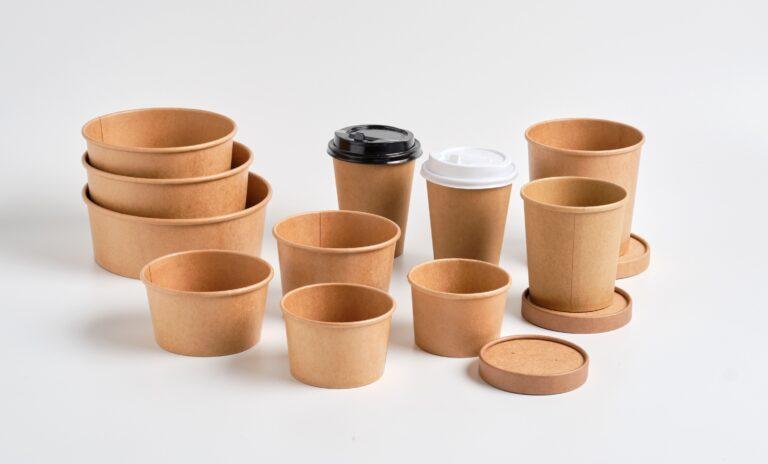
Packaging is the container or wrapping used to hold various items, and as you may know, there are many different types of packaging available today. Packaging not only serves practical purposes but also attracts people with its design and functionality. This plays a vital role in generating revenue for restaurants and retail businesses.
However, when we think more deeply about it, once packaging has fulfilled its purpose, it becomes waste that burdens the environment. This is where science steps in to help, with research and experimentation leading to the development of environmentally friendly packaging.

Natural material packaging comes from agricultural or natural products like cassava, corn, sugarcane, plant-based proteins, cellulose, and other organic materials. These components are used to reduce the decomposition time when buried in the ground. Some products are also made using the craft process, where wood pulp is the primary material, allowing us to create natural packaging such as:

Bagasse-based Packaging is made from the residual sugarcane fibers left over from sugar production in factories. One of the key benefits of using bagasse is that it decomposes easily and, when broken down, becomes a fertilizer for the sugarcane plants. It can decompose within 30-45 days. For more detailed information on its production and process, you can visit this page. We also have some product samples made from bagasse that you can explore and purchase for your own use.
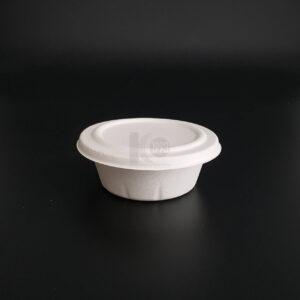
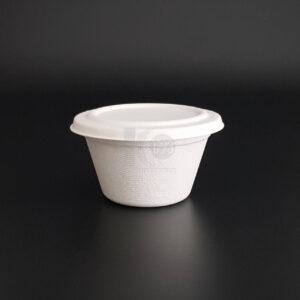

Paper Kraft Packaging is mainly made from wood pulp, processed using heat and chemical treatments to create kraft paper, which has a higher durability. You can browse and shop from the product samples below.
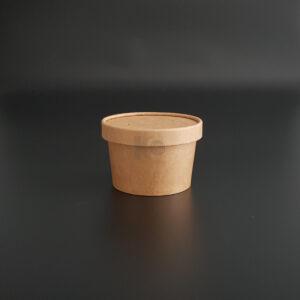
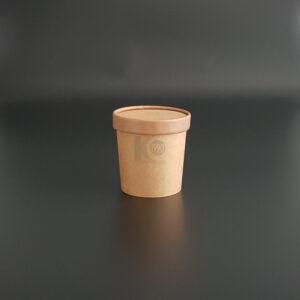

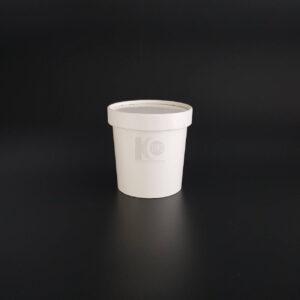
Bio-Plastic-based Packaging is the highlight of this article. This packaging is made from bio-plastic, which is derived from materials like cassava, corn, sugarcane, plant-based proteins, and cellulose. These components go through a fermentation process to produce lactic acid, which is then polymerized to create bio-plastic pellets. These pellets can be used to make various products in the same way as traditional plastic, but they decompose faster and more efficiently than conventional plastic.
The author hopes this article provides value to both business owners and consumers by enhancing your understanding of packaging. See you in the next article. Take care!